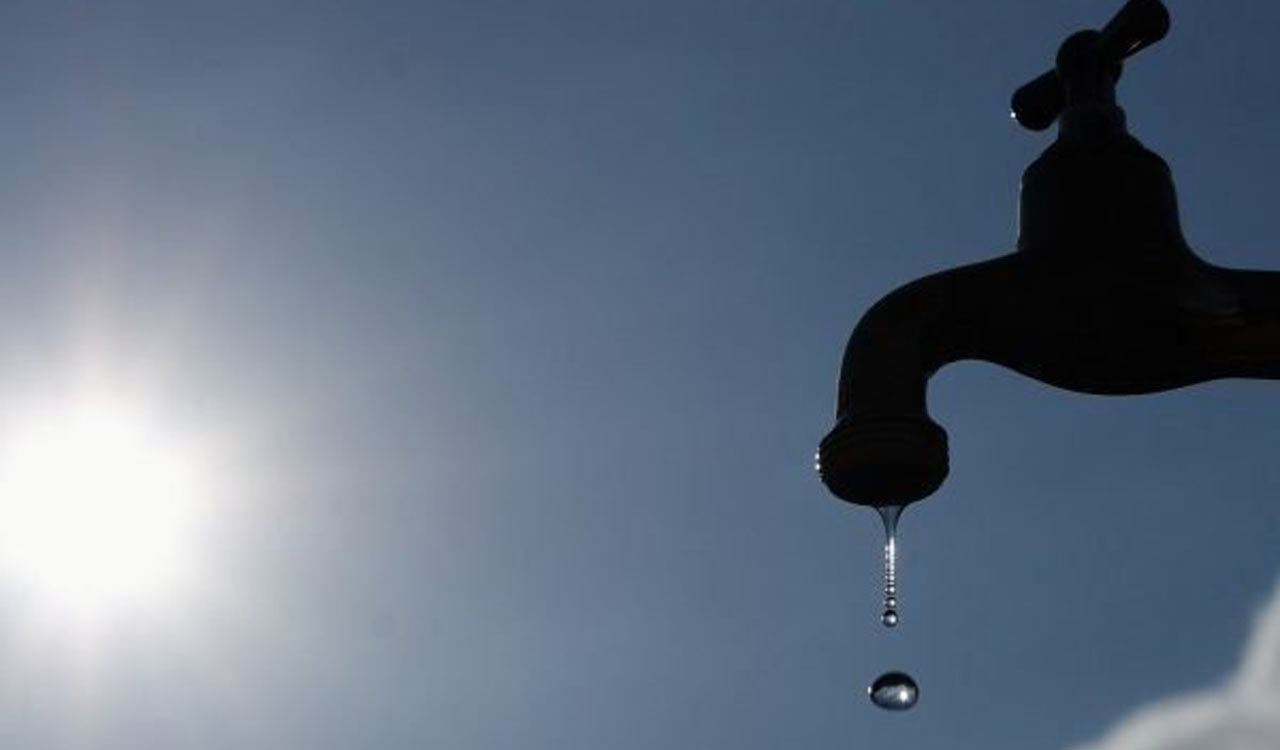India is the largest user of groundwater globally, extracting more water than the combined usage of the United States and China
Published Date – 11:45 PM, Fri – 27 October 23

Representational Image
It’s a ticking time bomb. India is in the middle of the worst water crisis, with groundwater getting depleted at unsustainable rates. The latest United Nations report indicates that India is heading the Saudi Arabia way in terms of the groundwater scenario. The enveloping crisis, with serious implications for public health and the economy, needs urgent attention. The augmentation of watersheds that can store more groundwater for agricultural use and other purposes and strict enforcement of pollution control measures are the two key areas that require urgent attention. According to the UN’s ‘Interconnected Disaster Risks Report 2023’, India is the largest user of groundwater globally, extracting more water than the combined usage of the United States and China. The entire northwestern region is predicted to experience critically low groundwater availability by 2025. Significantly, the north-western region, including Punjab and Haryana, plays a crucial role in the nation’s food production, accounting for 50% of the country’s rice supply and 85% of its wheat stocks. This region, ironically, is facing critically low groundwater availability, with 78% of wells in Punjab considered overexploited. Some areas in the Indo-Gangetic basin have already passed the groundwater depletion tipping point. However, amidst such a gloomy scenario across the country, Telangana deserves a special mention for bucking the trend by successfully implementing ‘Mission Kakatiya’, a key initiative that has resulted in the groundwater level significantly improving in the last decade. Rejuvenating the water tanks in a mission mode has resulted in higher yields in the farm sector.
Environmental tipping points are critical thresholds in the Earth’s systems, beyond which abrupt and often irreversible changes occur. They lead to profound and catastrophic shifts in ecosystems, climate patterns and the overall environment. Groundwater depletion is one of the six environmental tipping points that the UN body — United Nations University – Institute for Environment and Human Security (UNU-EHS) — has warned about. Intensified agricultural activity, combined with new technologies and policies that make groundwater cheaper to use, has accelerated extraction rates, leading to alarming levels of aquifer depletion. Around 70% of groundwater withdrawals are used for agriculture, often when above-ground water sources are insufficient. Aquifers, which play a crucial role in mitigating agricultural losses caused by drought, are fast approaching a tipping point. More than half of the world’s major aquifers are depleting faster than they can naturally replenish. Experts have called for urgent changes in policy and practices to address environmental challenges and prevent the crossing of critical tipping points. Over decades, India encouraged and subsidised massive pumping of groundwater. The rapid industrialisation of recent years has also been achieved through intensive groundwater use. According to the World Bank, groundwater is being extracted much faster than it is being replenished, as a result, 60% of districts in the country are likely to reach critical levels of groundwater depletion within two decades.





